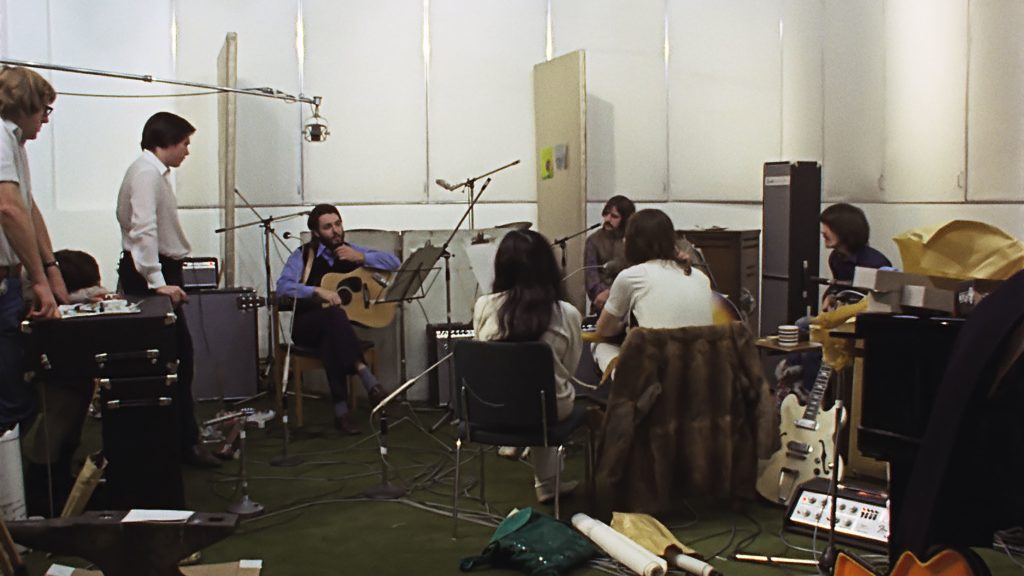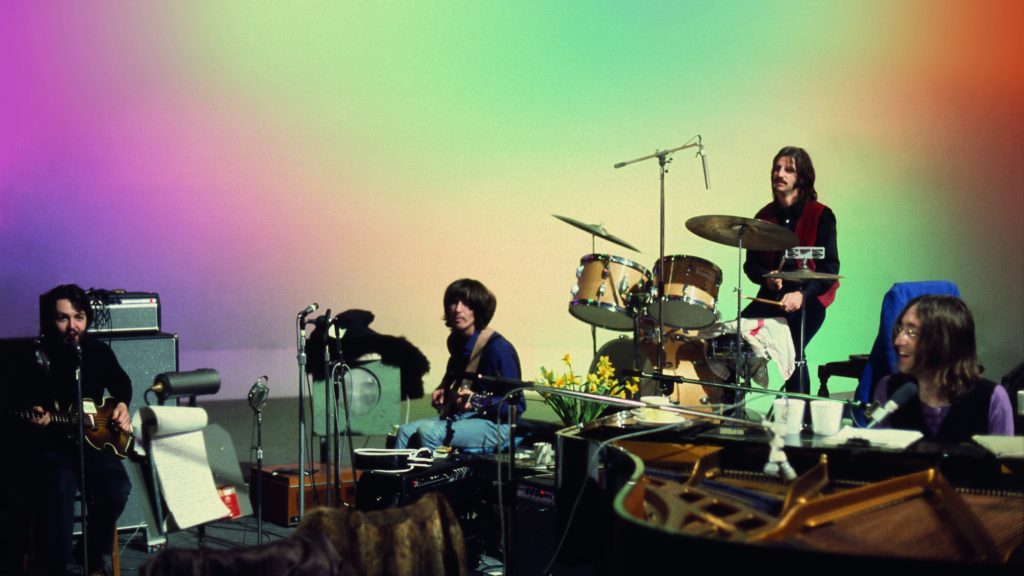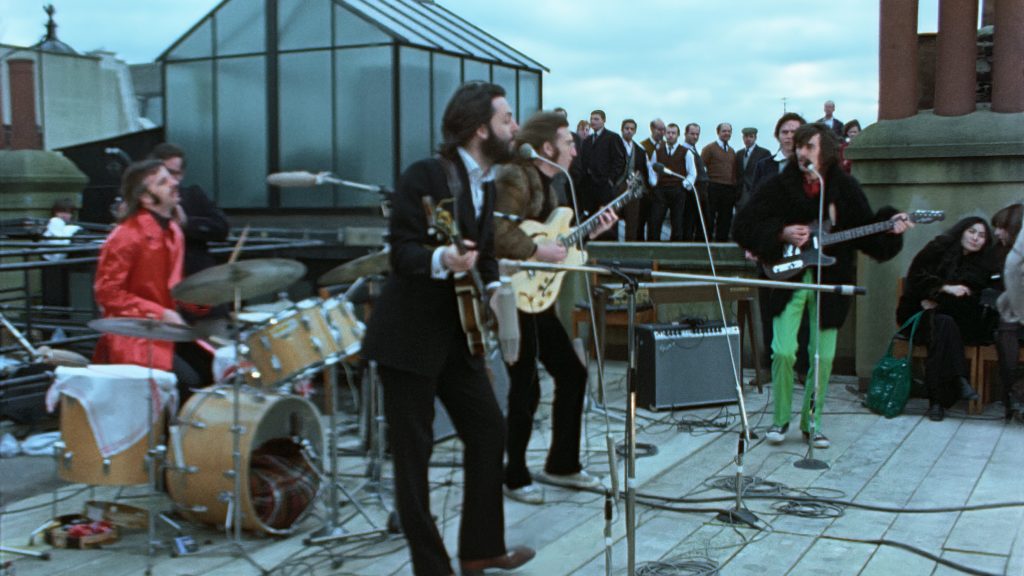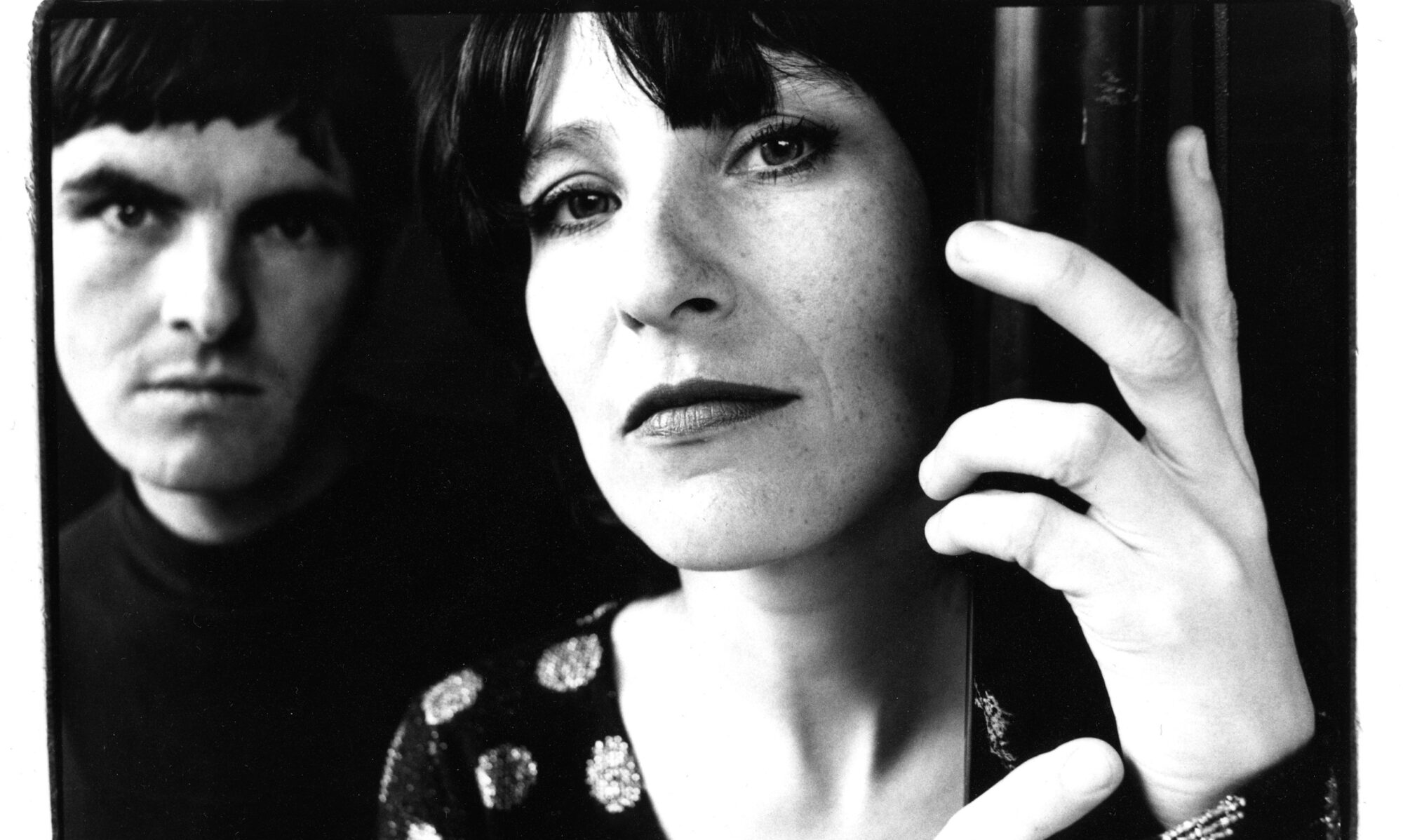Get Back: Let It Be Remix (Info Dump for the Insatiable)

Have The Beatles finally mined everything from their brief but splendid existence with GET BACK? Perhaps not for The Beatles Industrial Complex, nor for scholars. GET BACK stands as peak postmodernism, where culture commodifies its own cultural production, and in a critical twist, vindicates the original object of its discontent.
The original 87-minute LET IT BE was received as a downer, and its release at the time of The Beatles breakup compounded ill feelings about the film, Yoko, Linda, and Paul McCartney himself, all of which were suggested to have contributed to the breakup.
GET BACK was met with almost universal praise for its eight hours of restored cinema vérité. In lauding this new access to the exact duration of each long-gone perceivable present of the Beatles’ past, the loudest voices in social media chose to fawn over producer Glynn Johns’ fashion sense or delight in slamming LET IT BE director Michael Lindsay-Hogg’s pompous personality (bloviating while desperate to find a climactic spectacle and deliver his project on time, or at all).

Seeing three weeks in the life of The Beatles’ process confirms that neither Yoko nor Linda caused their breakup, and their husbands brought them to the studio of their own volition. Billy Preston saved the day musically. His talent and convivial personality together with his bona fides (he played in Ray Charles’ combo) revived The Beatles’ passion for being a band. GET BACK unequivocally showed Paul McCartney as a stone-cold craftsman who pulled “Get Back” and “Let It Be” out of his pocket with elan.
I asked filmmakers and musicians alike what they thought. Although they share expertise with the subjects, they speak for the whole of the viewership.
Film Editor1: “Get Back was not a tectonic shift in any way. Nine hours of edited content, released on a major outlet could have been something of a game changer. But it was… not really.”
Showrunner: “Will we see another mini-series based on the remaining 50 hours of footage?”
Musician1: “This captures how long and tedious recording sessions really are.”
Musician2: “This is the fantasy I’ve been waiting for.”
Me: Get Back = Let It Be Remix (Info Dump for the Insatiable)
Filmmakers can see what Sir Peter Jackson had and more important, didn’t have, to work with. As one editor told me, “the cadence of the cutting revealed how much the story that they wanted to present took place in audio only, and they worked for years to make it look like the cameras caught it.”

Director Allison Anders astutely re-centered the discussion. She praised Michael Lindsay-Hogg for “gaining the trust and creating an atmosphere where the most famous musicians in the world at such a critical time could feel free to share with you, and us, the intimacy of creative process, and for always having the cameras in the many right spots—the most incredible accomplishment!!!” (I felt 100% vindicated by her Instagram post)
Lindsay-Hogg’s career was already stellar. As director of Ready, Steady, Go, and music videos for the Beatles’ “Paperback Writer” and the Rolling Stones’ “Jumping Jack Flash,” he knew how to cover musicians in their natural habitat. He conceived The Rolling Stones Rock & Roll Circus, but the band hated it and didn’t release it until 28 years later, when it had become the stuff of legend. And in the end, all Michael Lindsay-Hogg’s work, despite or because of his attitude and the bummer that is the original LET IT BE, has been vindicated by fans’ overwhelming desire to see more deeply into the creative process of John, Paul, George, and Ringo. CF
